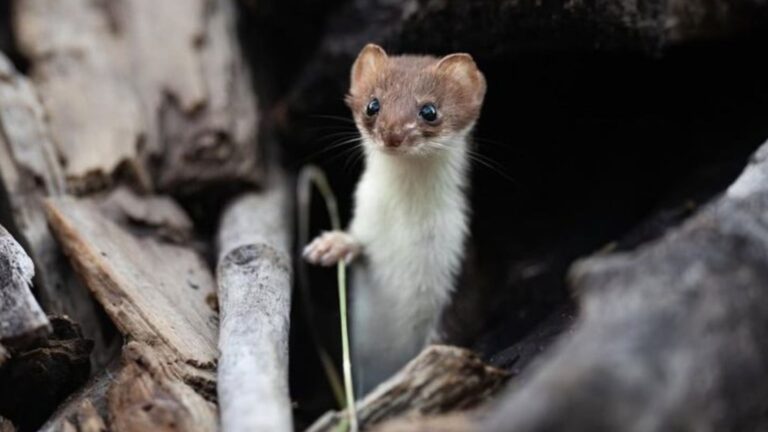Everything You Need To Know About Jellyfish

Imagine floating through the ocean without a brain, heart, or bones, yet surviving for over 650 million years! Jellyfish are some of the most fascinating creatures in our oceans, with their translucent bodies and graceful movements.
These ancient animals have adapted to nearly every marine environment on Earth, and there’s much more to these gelatinous creatures than meets the eye.
1. Not Actually Fish
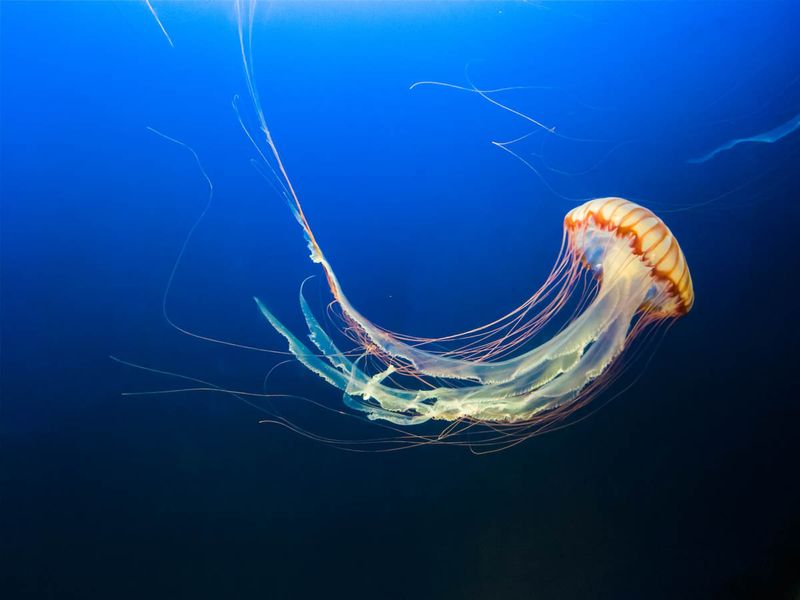
Surprise! Despite their name, jellyfish aren’t fish at all. They belong to a group called cnidarians, making them relatives of corals and sea anemones.
Without fins, scales, or gills, these gelatinous creatures are more accurately called ‘sea jellies’ by scientists. They’ve been pulsing through oceans since before dinosaurs existed!
2. Brainless Wonders
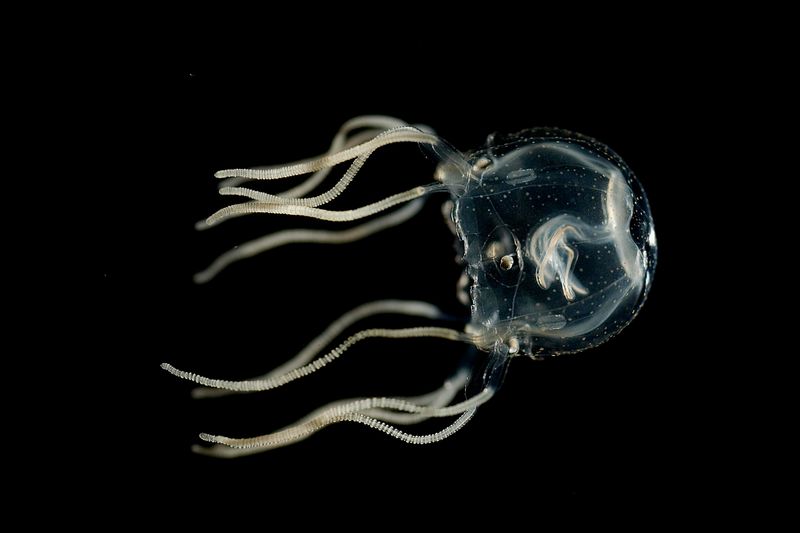
Swimming through life without a brain might seem impossible, but jellyfish pull it off with style. Instead of central brains, they use a simple nerve net that spreads throughout their bodies.
This network helps them respond to touch, light, and chemicals in the water. Pretty impressive for creatures that are 95% water and lack traditional senses!
3. Deadly Beauty

Behind their mesmerizing pulsations lurks a powerful weapon system. Jellyfish tentacles contain specialized cells called nematocysts – microscopic harpoons loaded with venom.
When triggered by touch, these tiny cells fire faster than a bullet! The box jellyfish packs enough poison to kill 60 adults, earning it recognition as one of the most venomous creatures on Earth.
4. Immortality Secret
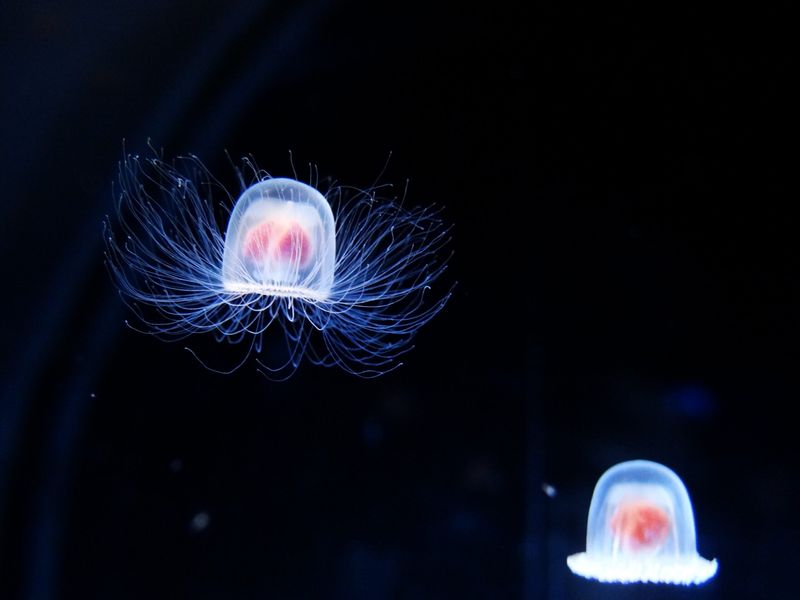
One jellyfish species has cracked the code to eternal life. The Turritopsis dohrnii, nicknamed the ‘immortal jellyfish,’ can reverse its aging process when injured or stressed.
By transforming back into its juvenile polyp stage, it essentially reboots its life cycle. Theoretically, these tiny jellies could live forever if they avoid being eaten or killed by disease!
5. Glowing In The Deep

Many jellyfish light up the ocean depths like living lamps. This magical glow, called bioluminescence, comes from chemical reactions in their bodies or from tiny glowing organisms they host.
Some flash to startle predators, while others use steady glows to attract prey. Scientists have even borrowed the glowing proteins from jellyfish to create tools that track disease in human medicine!
6. Ancient Survivors
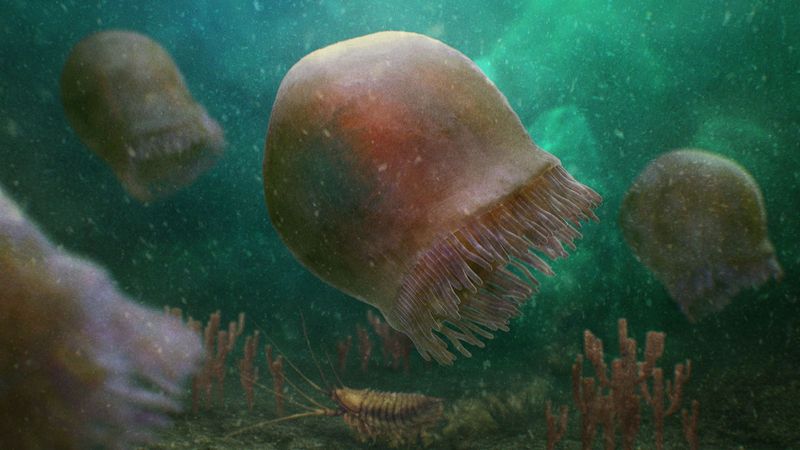
Fossils reveal jellyfish have been bobbing through Earth’s oceans for over 650 million years! They predate dinosaurs by more than 400 million years and have survived all five mass extinction events.
Their simple body design and adaptability are key to their incredible survival. While countless species have disappeared, these gelatinous drifters have remained largely unchanged for eons.
7. Pulsing Propulsion
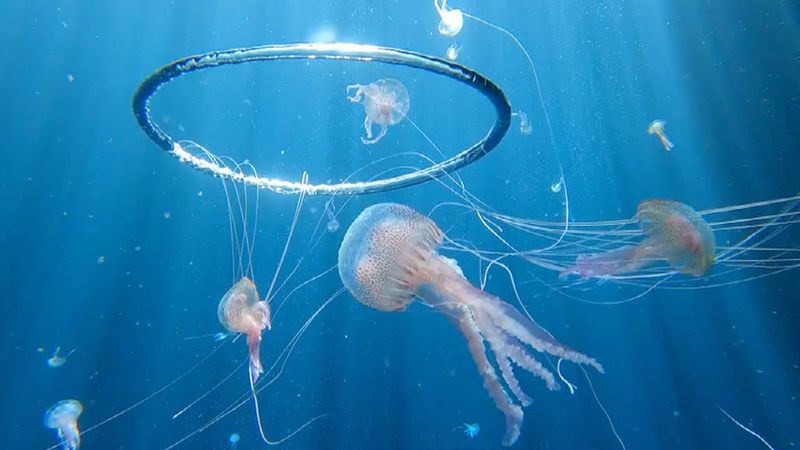
Watch a jellyfish move and you’ll witness one of nature’s most efficient propulsion systems. The rhythmic contractions of their bell-shaped bodies create vortex rings in the water, pushing them forward.
Scientists studying this unique movement have created jellyfish-inspired robots that use less energy than traditional underwater vehicles. Nature’s engineering continues to inspire human innovation!
8. Bizarre Digestion
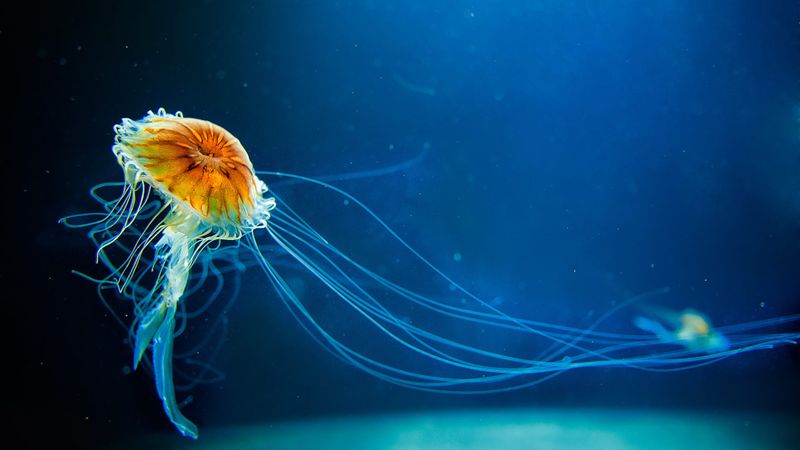
Mealtime for jellyfish is unlike anything humans experience. Food enters and exits through the same opening! Their stomach is basically a hollow cavity where prey gets broken down.
After stinging prey with their tentacles, jellies pull food into their bell. Nutrients get absorbed directly through the stomach lining, and any leftovers get pushed back out the same way they came in!
9. Population Explosion

Warming oceans and overfishing have created perfect conditions for jellyfish takeovers called blooms. These population explosions can include millions of individuals, clogging fishing nets and power plant intakes.
In Japan, fishermen battle swarms of Nomura’s jellyfish that each weigh up to 400 pounds! As climate change continues, scientists predict we’ll see more of these gelatinous invasions.
10. Surprising Relatives

Family reunions for jellyfish would include some unexpected guests! They belong to the phylum Cnidaria, making them cousins to sea anemones, corals, and the Portuguese man-o-war.
All cnidarians share stinging cells and radial symmetry – you can slice them any way through the center and get equal halves. Unlike their reef-building relatives though, jellies prefer the freedom of floating.
11. Culinary Delicacy

Crunchy, chewy jellyfish appear on dinner plates across Asia. Dried and salted jellyfish has been eaten for over 1,700 years in China, where it’s prized for its texture and potential health benefits.
The processing removes the sting and creates a noodle-like consistency. With high collagen and low calories, some nutritionists consider jellyfish a sustainable seafood of the future!
12. Weird Reproduction
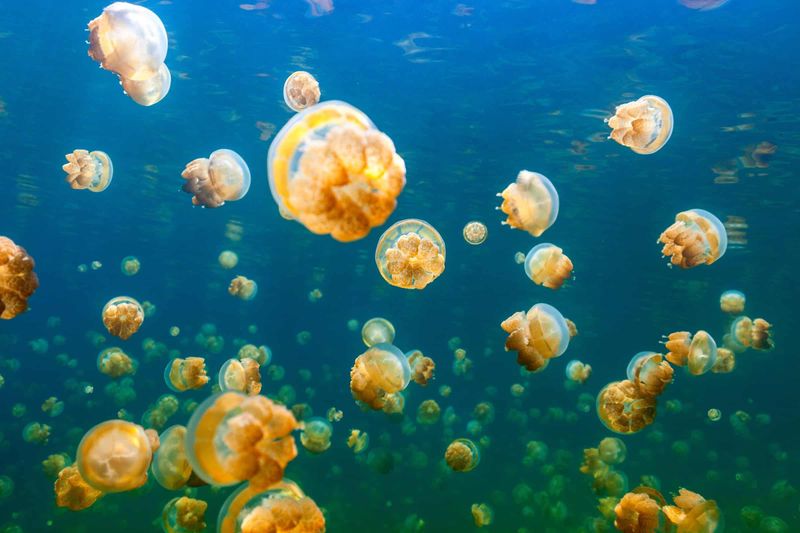
Baby jellyfish arrive through one of the animal kingdom’s strangest life cycles. Most species alternate between two completely different body forms!
After adult jellies release eggs and sperm into the water, fertilized eggs develop into tiny larvae. These settle on surfaces and grow into polyps (looking like tiny sea anemones) before budding off multiple baby jellies called ephyra.
13. Ocean Drifters
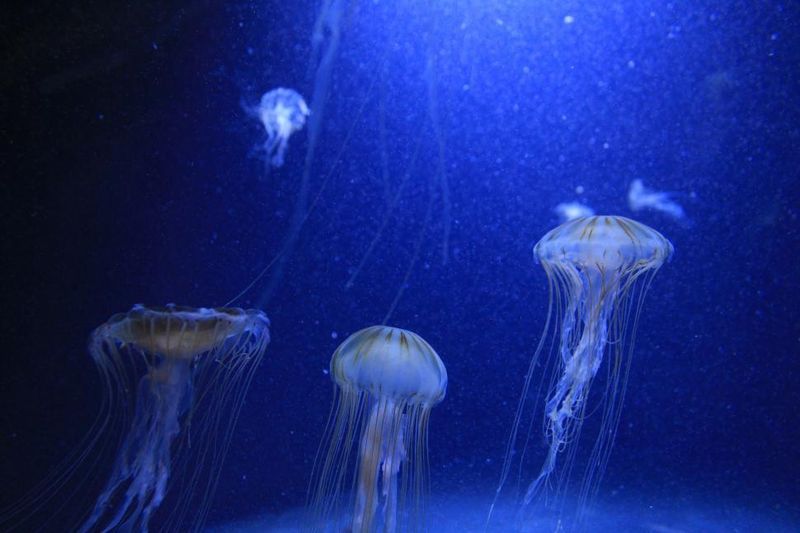
Jellyfish are nature’s ultimate go-with-the-flow creatures. Most species can’t swim against currents, instead drifting wherever ocean movements take them.
Some travel thousands of miles on ocean currents, crossing entire seas. Their passive lifestyle has allowed them to colonize every ocean on Earth, from tropical waters to the freezing Arctic and even the deepest ocean trenches!
14. Space Travelers

Jellyfish hold the distinction of being among the first animals to travel to space! NASA sent these gelatinous astronauts to orbit in 1991 to study how they’d develop without gravity.
Amazingly, they adapted to weightlessness, though they struggled to orient themselves when returned to Earth. Their space adventure helped scientists understand how living things sense gravity and adapt to its absence.


